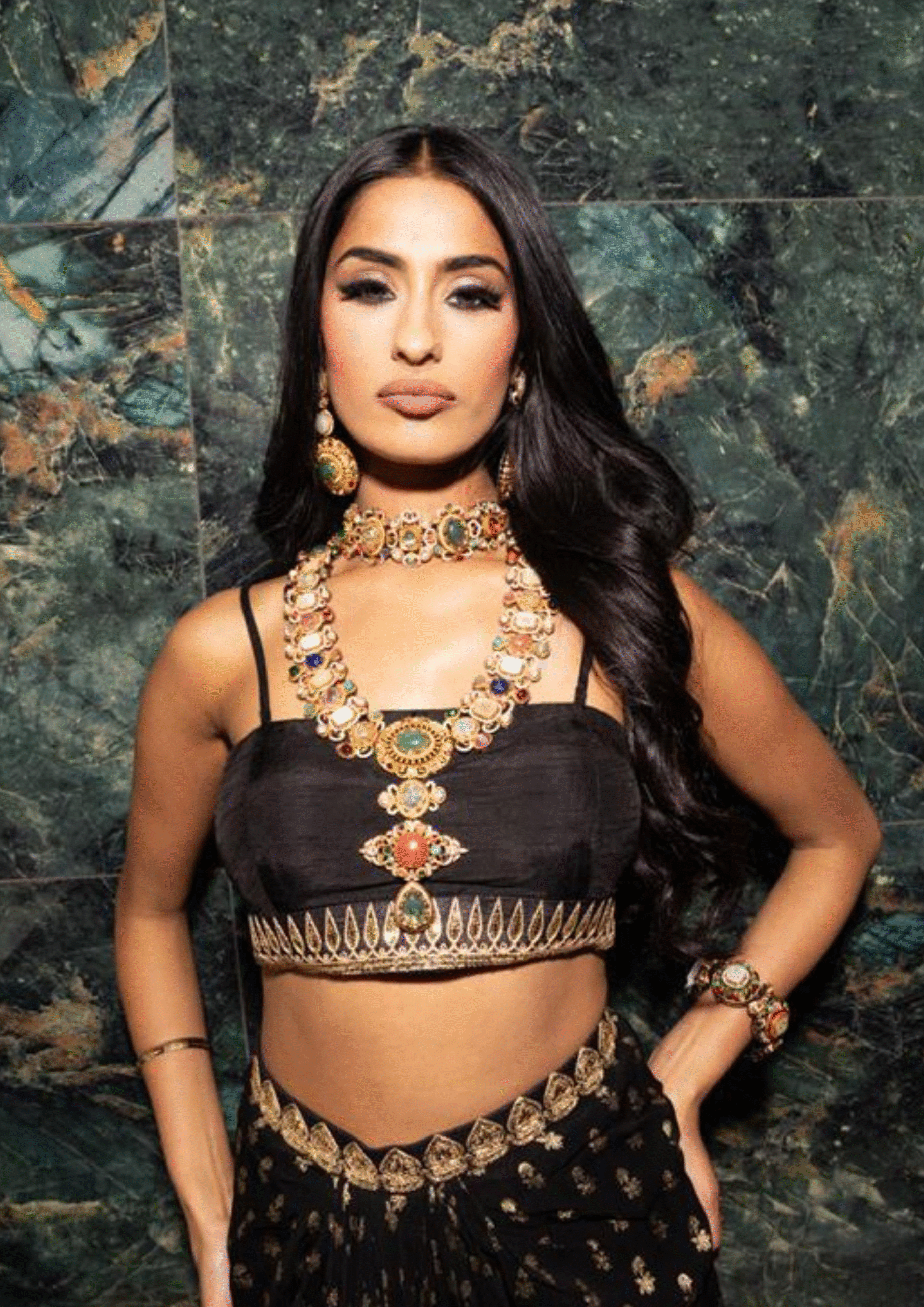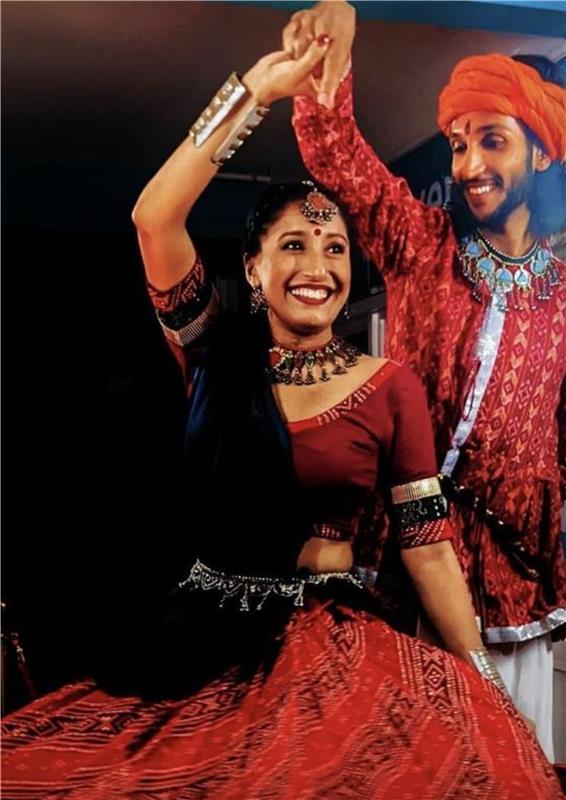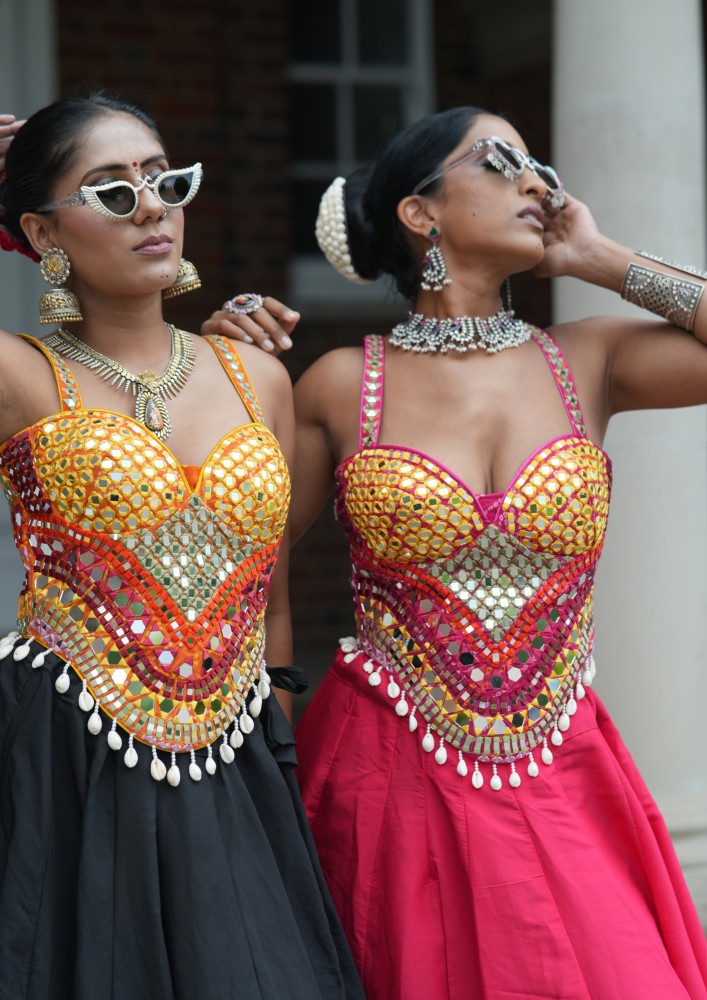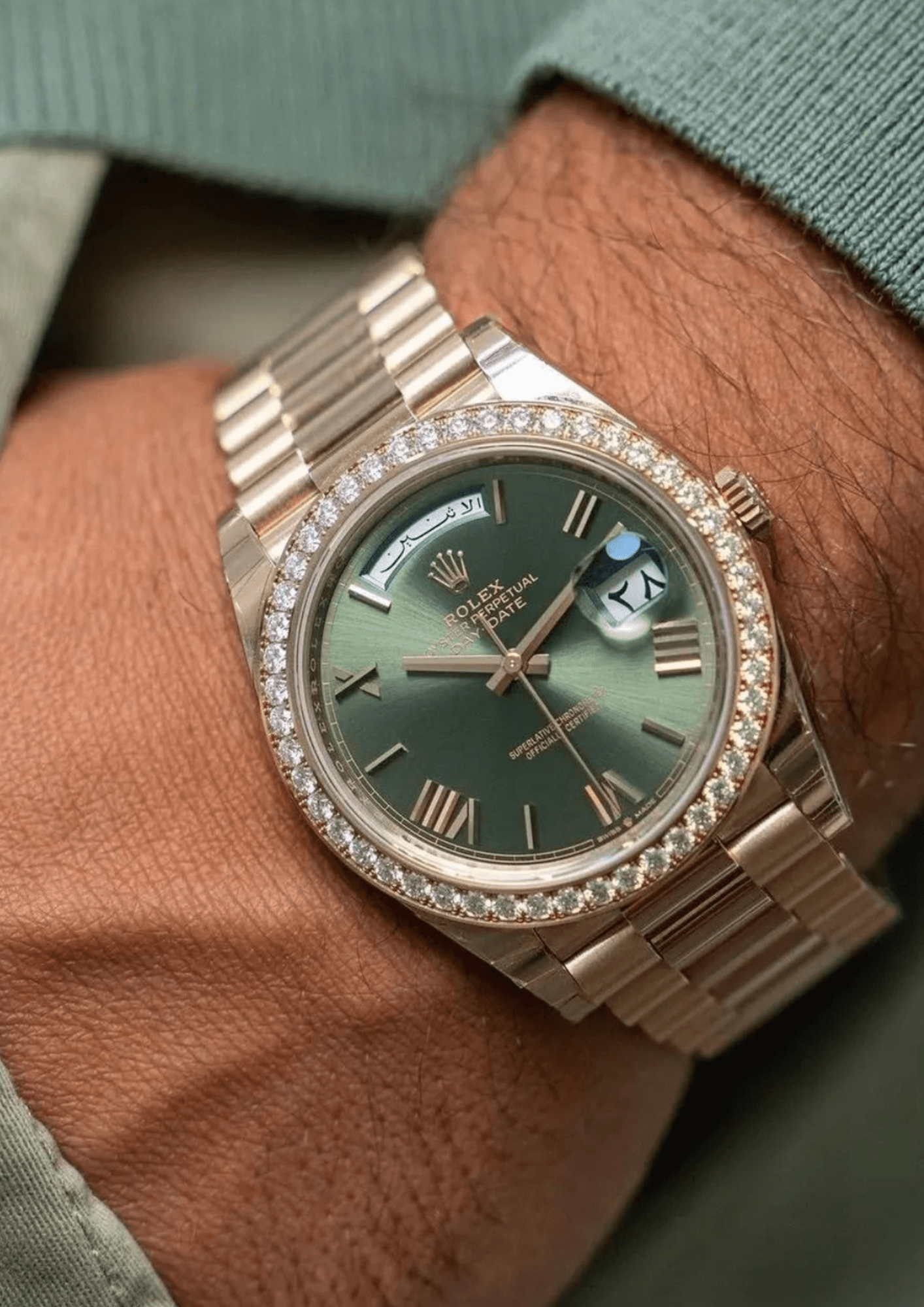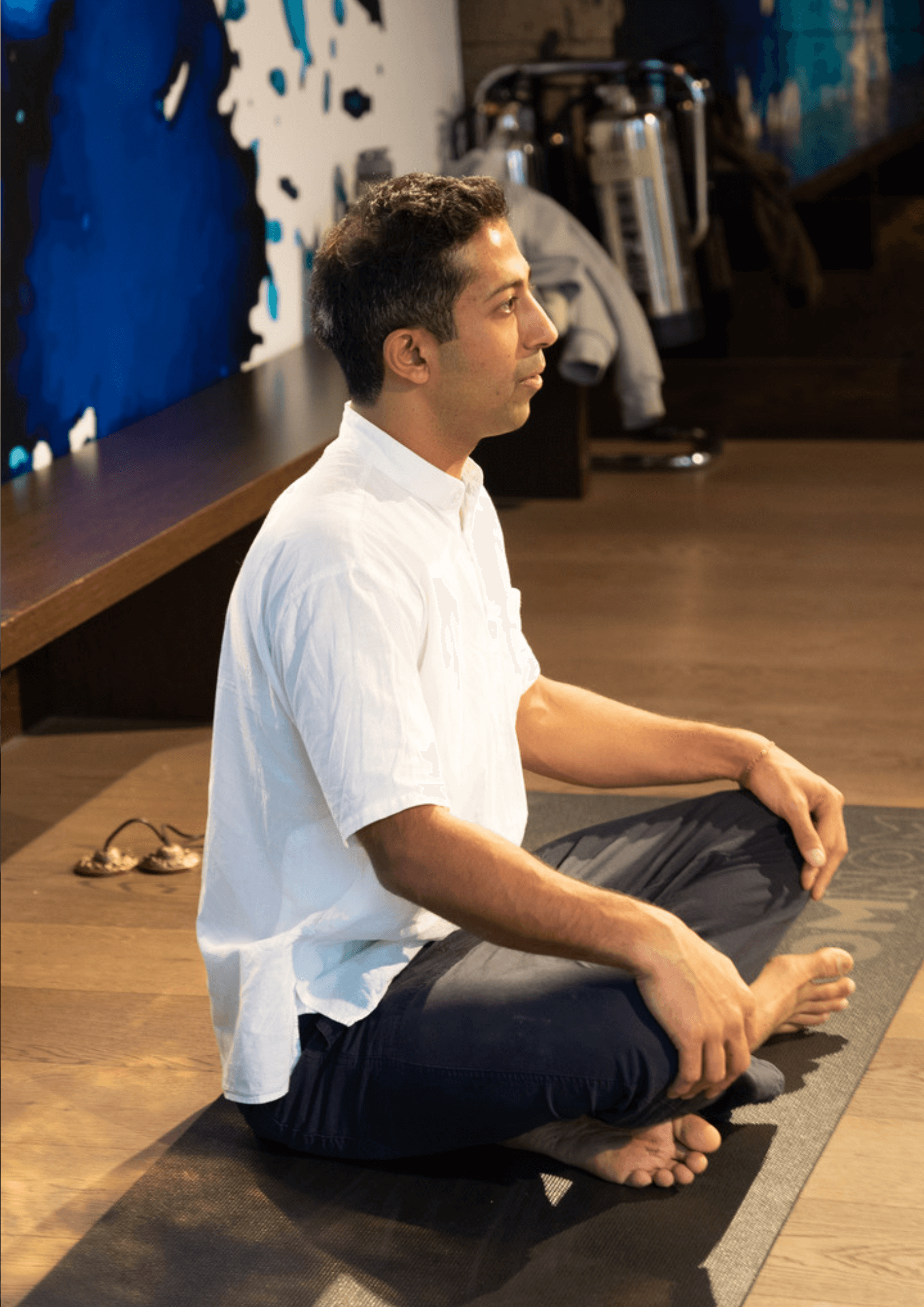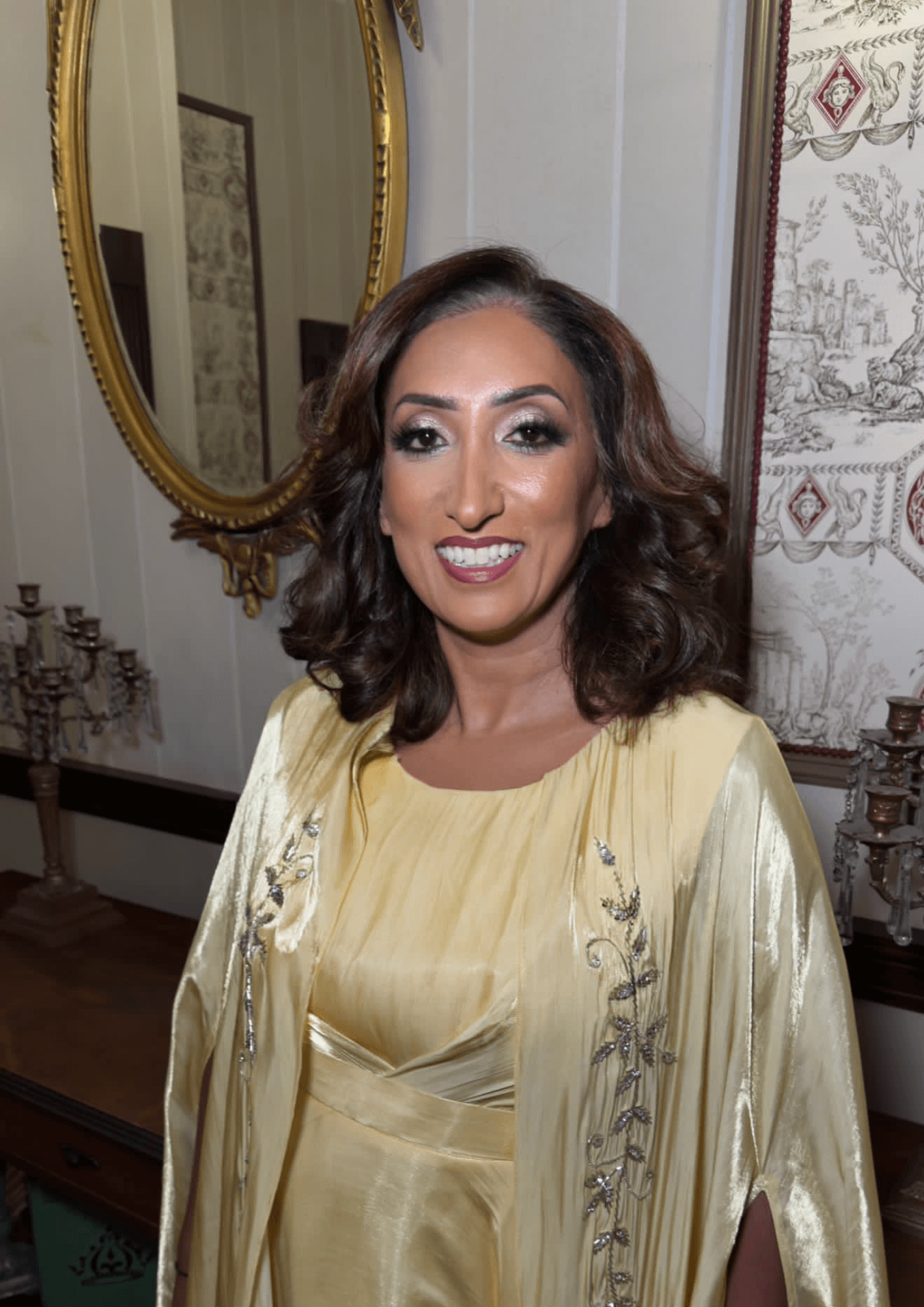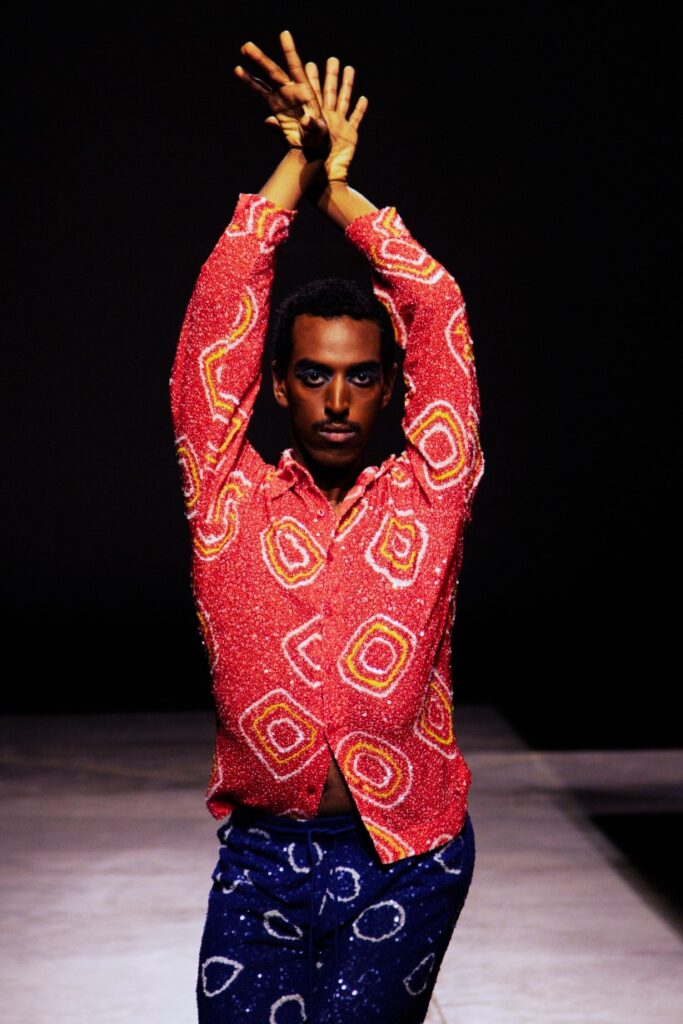
ENERGY, MOVEMENT, AND COLOUR at Ashish Gupta
“This collection celebrates joy, inclusivity, and individuality”
In his signature maximalist style, Ashish’s SS26 show was nothing short of euphoric – fashion that never fails to bring a smile in a world clouded by chaos and division. Replete with sequins, colours, ruffles and tassels, the clothes looked made to be lived and most importantly, moved in. These are looks to be thrown on before a night out, an unfussy and unpretentious ode to freedom and freedom of movement. Ashish tapped into the heart of club culture, channelling the infectious energy of dance and its radical inclusivity, letting go of labels, stereotypes, and dated standards of beauty.
Notoriously outspoken on his political views, he masterfully merges dress with powerful statements on ageism, trans rights, and facism. At the same time, he wove his South Asian heritage into the mix – tie-dye patterns and bhandani prints grounding the fantasy in lineage and memory. Ashish’s SS26 collection also marks his role in the relaunch of Designers at Debenhams, extending his sequinned glamour into the everyday, making his work more accessible, while still unapologetically true to itself.
DECONSTRUCTED GLAMOUR with AK-OK and Anamika Khanna, and 20 years of style with Nandita Mahtani
“It is about freedom within the frame of memory” – Anamika Khanna
After eight shows in India, Anamika Khanna brought her vision to London for AK-OK’s first-ever international appearance. The collection looked exactly like its inspiration: the palpable translation of a young girl rediscovering her grandmother’s trunk in Rajasthan, then carrying it back into a contemporary London wardrobe. What resulted was a fresh reimagining of Indian wear – traditional embroidery, beading, and draped textiles reworked into silhouettes that felt modern, fluid, and resolutely wearable. Shown inside Hamleys on Regent Street, the location was intentional: a legendary toyshop, designed to transport guests back into their own childhood memories while they watched the rediscovery of another.
Meanwhile Vivz World Fashion Week showcased Nandita Mahtani and 20 years of her label, in a show that felt both celebratory and personal. Her collection stayed true to her strength in resort and cocktail wear, with sleek silhouettes and glamour – an ode to her established design language.
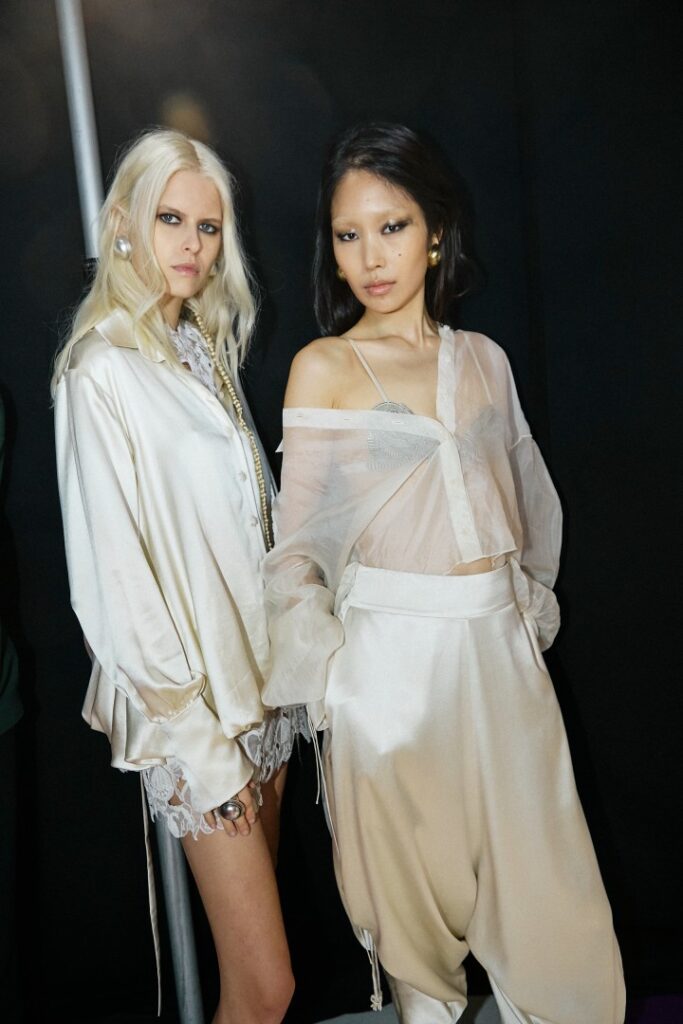

DECONSTRUCTED GLAMOUR with AK-OK and Anamika Khanna, and 20 years of style with Nandita Mahtani
“It is about freedom within the frame of memory” – Anamika Khanna
After eight shows in India, Anamika Khanna brought her vision to London for AK-OK’s first-ever international appearance. The collection looked exactly like its inspiration: the palpable translation of a young girl rediscovering her grandmother’s trunk in Rajasthan, then carrying it back into a contemporary London wardrobe. What resulted was a fresh reimagining of Indian wear – traditional embroidery, beading, and draped textiles reworked into silhouettes that felt modern, fluid, and resolutely wearable. Shown inside Hamleys on Regent Street, the location was intentional: a legendary toyshop, designed to transport guests back into their own childhood memories while they watched the rediscovery of another.
Meanwhile Vivz World Fashion Week showcased Nandita Mahtani and 20 years of her label, in a show that felt both celebratory and personal. Her collection stayed true to her strength in resort and cocktail wear, with sleek silhouettes and glamour – an ode to her established design language.
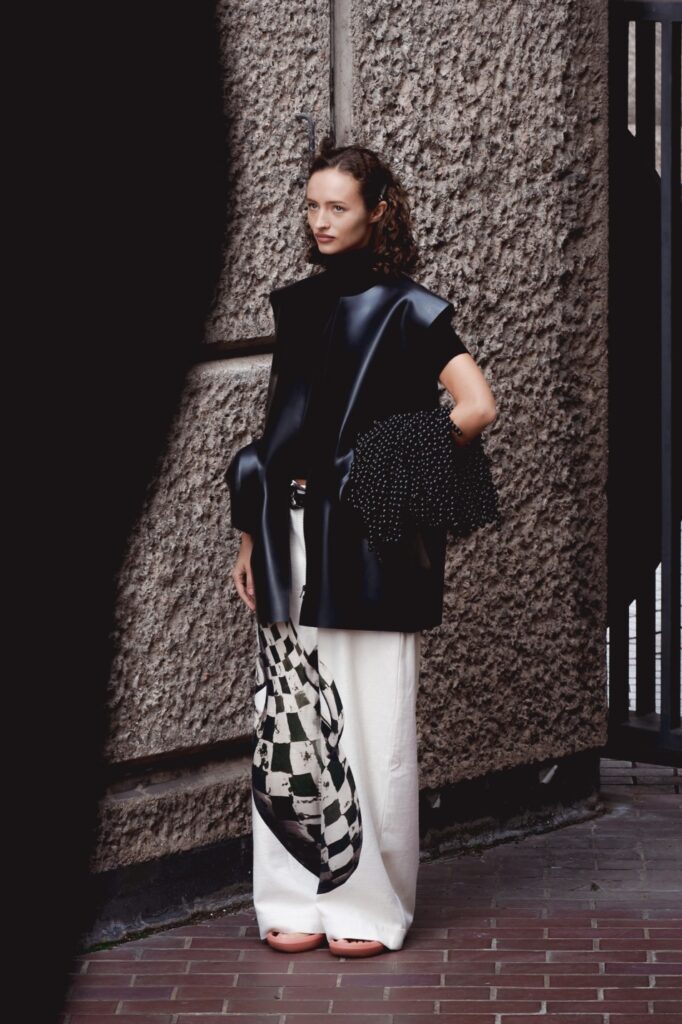
WHERE MUSEUM WEAR MEETS FANTASY with HARRI
“It isn’t about separating art from daily life but about carrying that sense of wonder and presence into ordinary moments.”
A show’s attendance is often a good indicator of its cultural temperature. For Harri’s first
Ready-to-Wear runway, the Barbican was filled with an eclectic creative community – emerging
and established voices from international, London, and South Asian circles – all gathered in
anticipation as the clouds broke to reveal golden light against the brutalist concrete.
“It’s one of the rare places in the city where concrete and jungle coexist,” Harri explained. “That duality made it the right stage for MuseumWear, which also exists between imagination and lived reality.” The clothes carried this vision forward: a continuation of his latex design language but reimagined for everyday wear. Beading, patterned denim, and playful mini accessories injected joy and immediacy into the looks. “I imagine people wearing these pieces to places where they want to feel heightened, curious, or seen – not only in cultural spaces, but also in the flow of everyday city life,” the designer added.

WHERE MUSEUM WEAR MEETS FANTASY with HARRI
“It isn’t about separating art from daily life but about carrying that sense of wonder and presence into ordinary moments.”
A show’s attendance is often a good indicator of its cultural temperature. For Harri’s first Ready-to-Wear runway, the Barbican was filled with an eclectic creative community – emerging and established voices from international, London, and South Asian circles – all gathered in anticipation as the clouds broke to reveal golden light against the brutalist concrete.
“It’s one of the rare places in the city where concrete and jungle coexist,” Harri explained. “That duality made it the right stage for MuseumWear, which also exists between imagination and lived reality.” The clothes carried this vision forward: a continuation of his latex Design language but reimagined for everyday wear. Beading, patterned denim, and playful mini accessories injected joy and immediacy into the looks. “I imagine people wearing these pieces to places where they want to feel heightened, curious, or seen – not only in cultural spaces, but also in the flow of everyday city life,” the designer added.
DREAM WORLDS at Apujan and Sanyukta Shreshta
Fantasy and craft fused together at Apujan – where fishbowl headwear and demon masks drew directly from Japanese folktales, bringing a sense of myth and dream to the runway. It was a reminder of fashion’s ability to create portals into other worlds where imagination dictates the rules. At Sanyukta Shreshta, the stage became a meeting point between the sacred artistry of Nepal’s Kathmandu Valley and the high romanticism of Victorian London. Here, garments became more than clothing – they were dreamscapes in fabric, volume, and reverie.
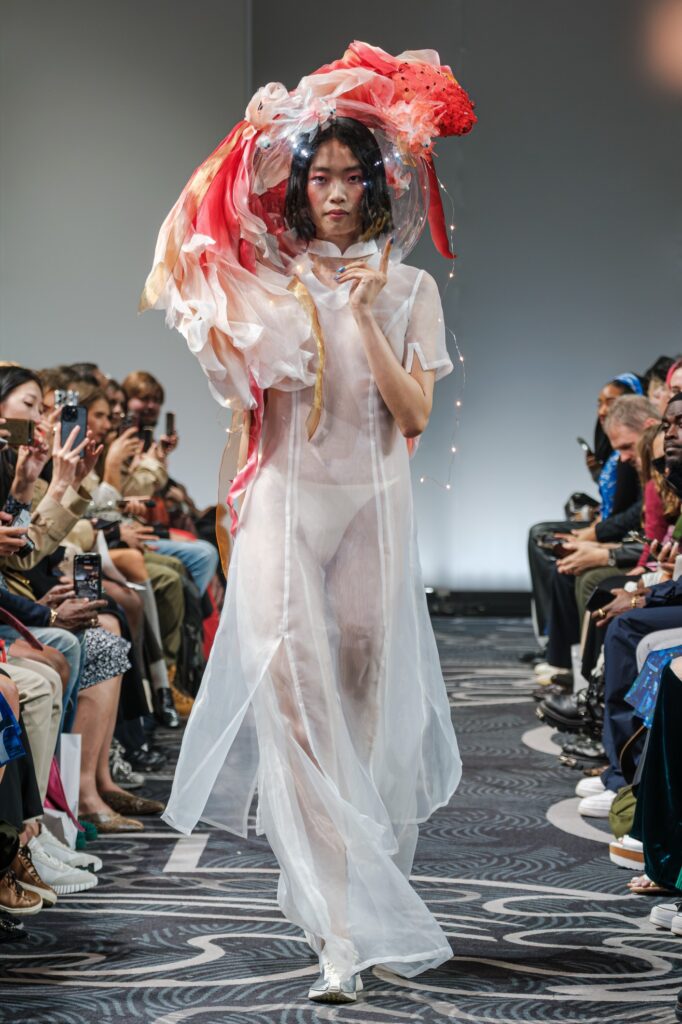

DREAM WORLDS at Apujan and Sanyukta Shreshta
Fantasy and craft fused together at Apujan – where fishbowl headwear and demon masks drew directly from Japanese folktales, bringing a sense of myth and dream to the runway. It was a reminder of fashion’s ability to create portals into other worlds where imagination dictates the rules. At Sanyukta Shreshta, the stage became a meeting point between the sacred artistry of Nepal’s Kathmandu Valley and the high romanticism of Victorian London. Here, garments became more than clothing – they were dreamscapes in fabric, volume, and reverie.

